
In addition to being the cradle of the voodoo arts, Benin was instrumental in the growth of the African slave trade. These two components make up a tiny portion of the vast and varied history of the country in Africa. Despite its modest size and lack of significant towns, Benin wants to be discovered. Travellers will be rewarded with museums, unique architecture, and unforgettable marketplaces.
Benin's breathtaking natural surroundings also draw travellers, from the lush, palm-fringed Atlantic beaches to the national parks brimming with endangered bird species and exotic animals like lions, cheetahs, and elephants. Benin is a pristine destination that is exceptionally well-suited for tourism despite its somewhat scary appearance. Compared to many other African nations, the roads are in good condition, and the traveller amenities are superior.
Since there is still so much to learn and Benin is still developing as a travel destination, a trip there will seem like a real adventure. With its fantastic wildlife, beautiful beaches, friendly locals, and rich cultural heritage, Benin is a terrific place to explore Africa. It feels like something other than a tourist attraction and welcomes visitors easily. Here is our list of the 9 best places to visit in Benin:
Top 12 Places to Visit in Benin
1. Cotonou
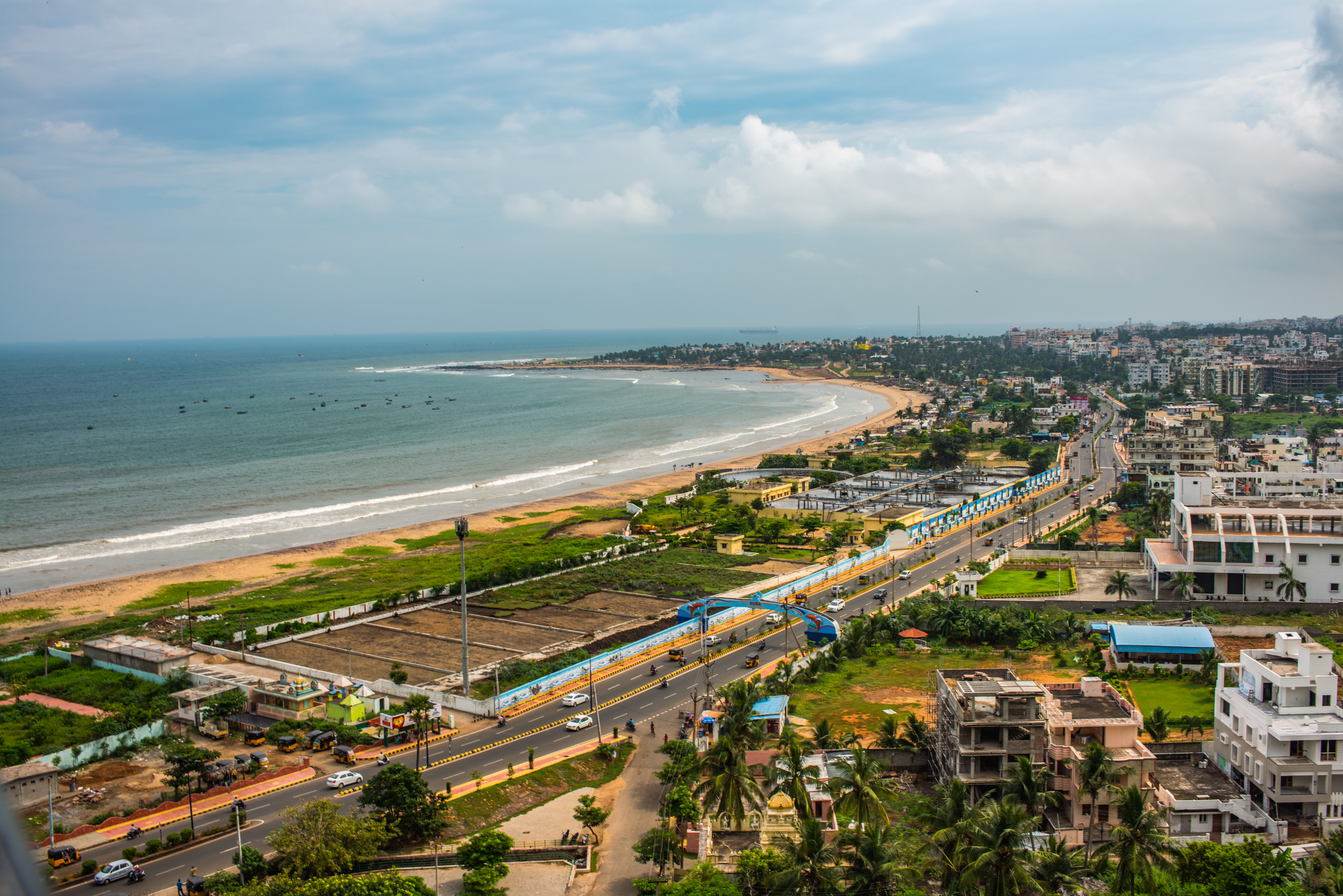
Cotonou may not officially be the capital of Benin, but it certainly has the feel of one. The city is a powerful explosion of African charm mixed with urban vigour. The city can be overwhelming if this is your first trip to Africa, but Cotonou offers plenty of rewards to those ready to take a chance on an adventure.
Among these benefits are several breathtaking paradise beaches with golden sand and palm trees. Another must-see attraction in Cotonou is the Pendjari National Park, which is regarded as one of the best animal reserves in Africa.
The "Fetish Market," which offers a wide range of dead animals for voodoo festival festivities, is a more esoteric attraction for those seeking something more unusual.
2. Ouidah
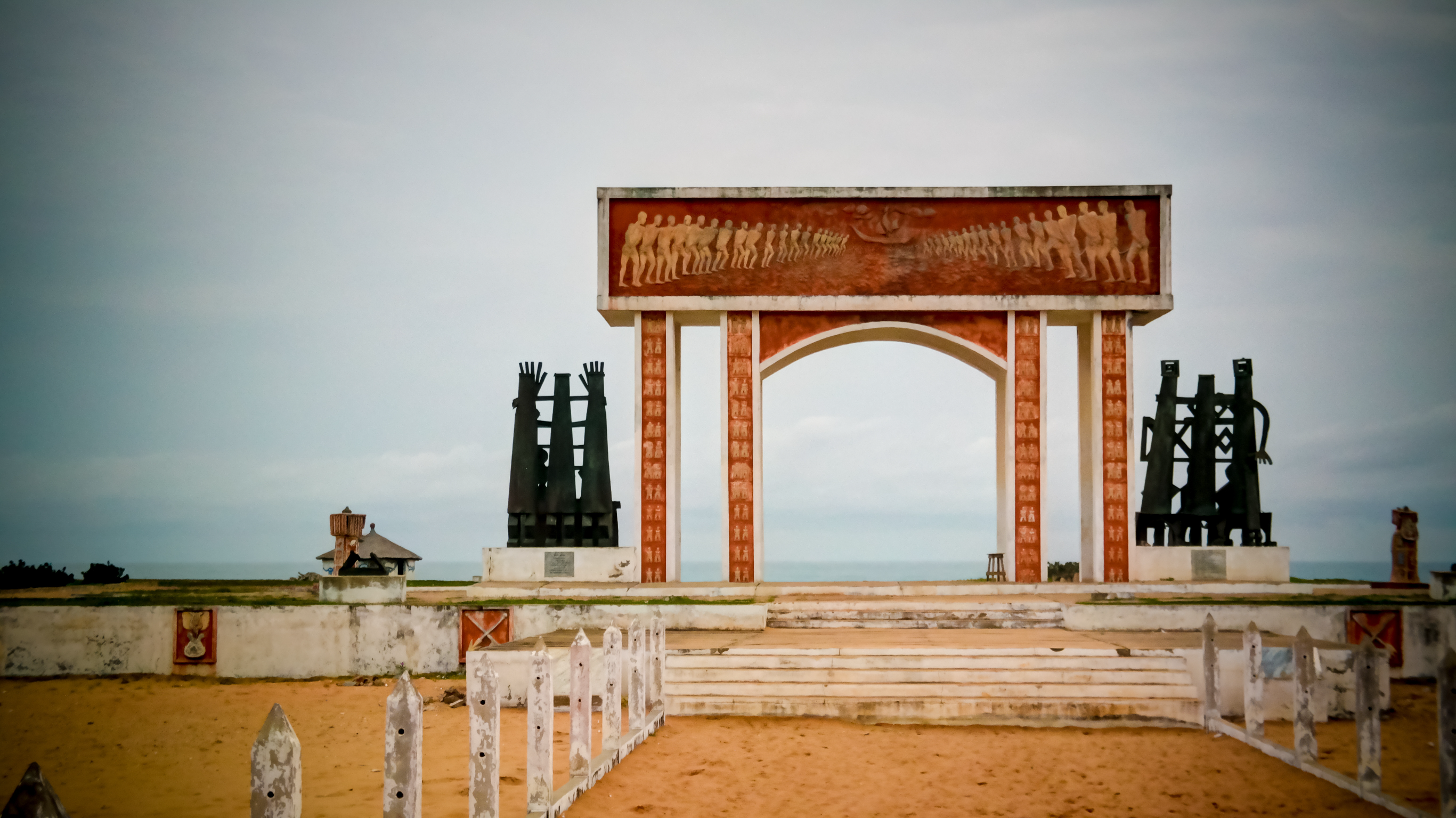
Both the French and the Portuguese have influenced Ouidah throughout history. It is about forty km from Cotonou and much more laid-back.
If you are interested in African history, this is the first city on your itinerary. It boasts excellent museums that study voodoo and slavery.
Ouidah also has gorgeous beaches to relax on if you decide that all the history is too much for you.
3. Porto Novo
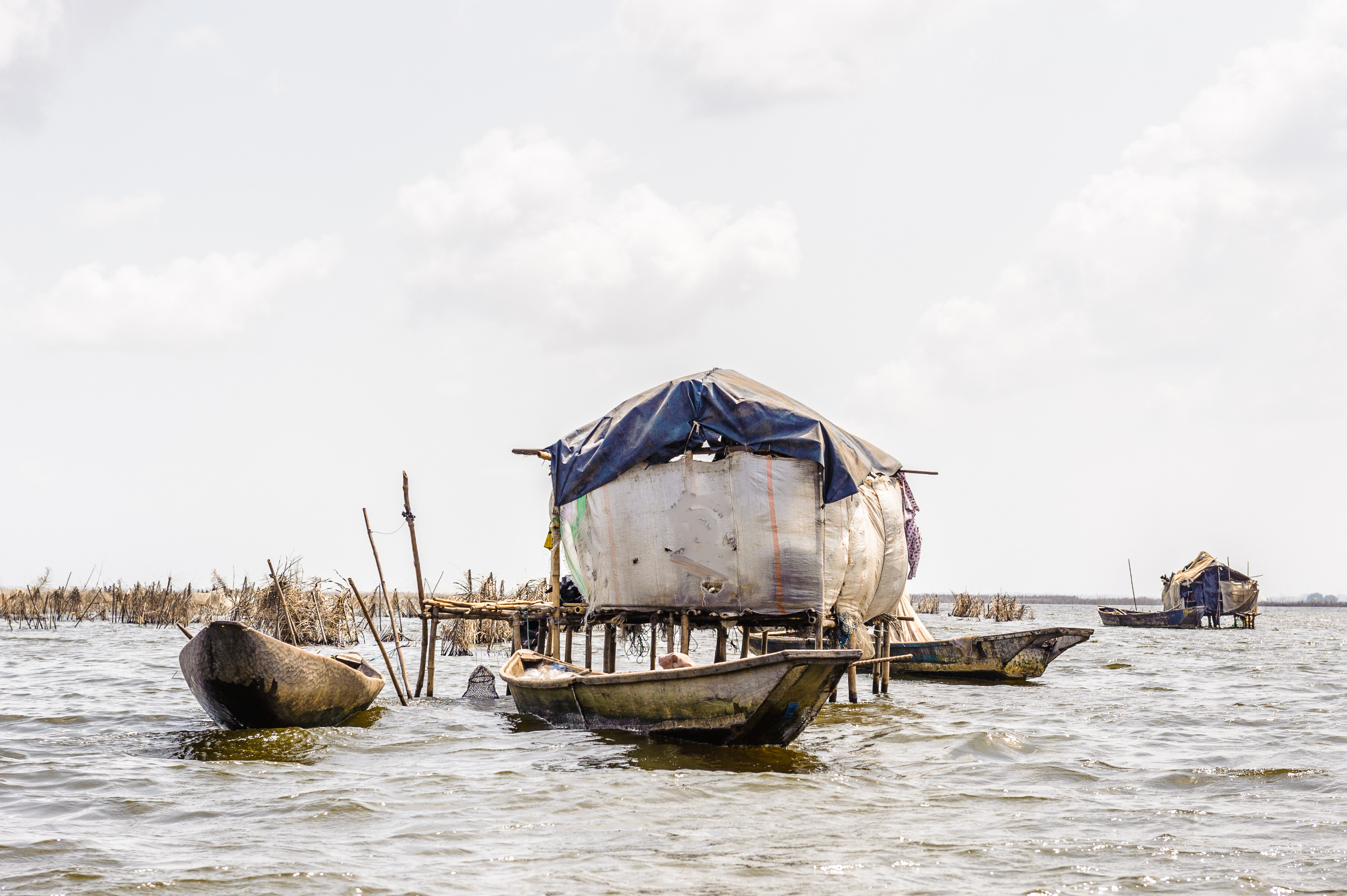
Benin's capital, Porto Novo, was formerly Dahomey's capital in France. If you have already visited Cotonou, you might need help comprehending Porto Novo's designation as the official capital. Just about 250,000 people are living there, and things move considerably more slowly than in Cotonou.
Even now, one can still see the impact of Portuguese culture on this region.
The Porto Novo Kings Museum and the Royal Palace and Gardens are two of the city's attractions.
4. Abomey
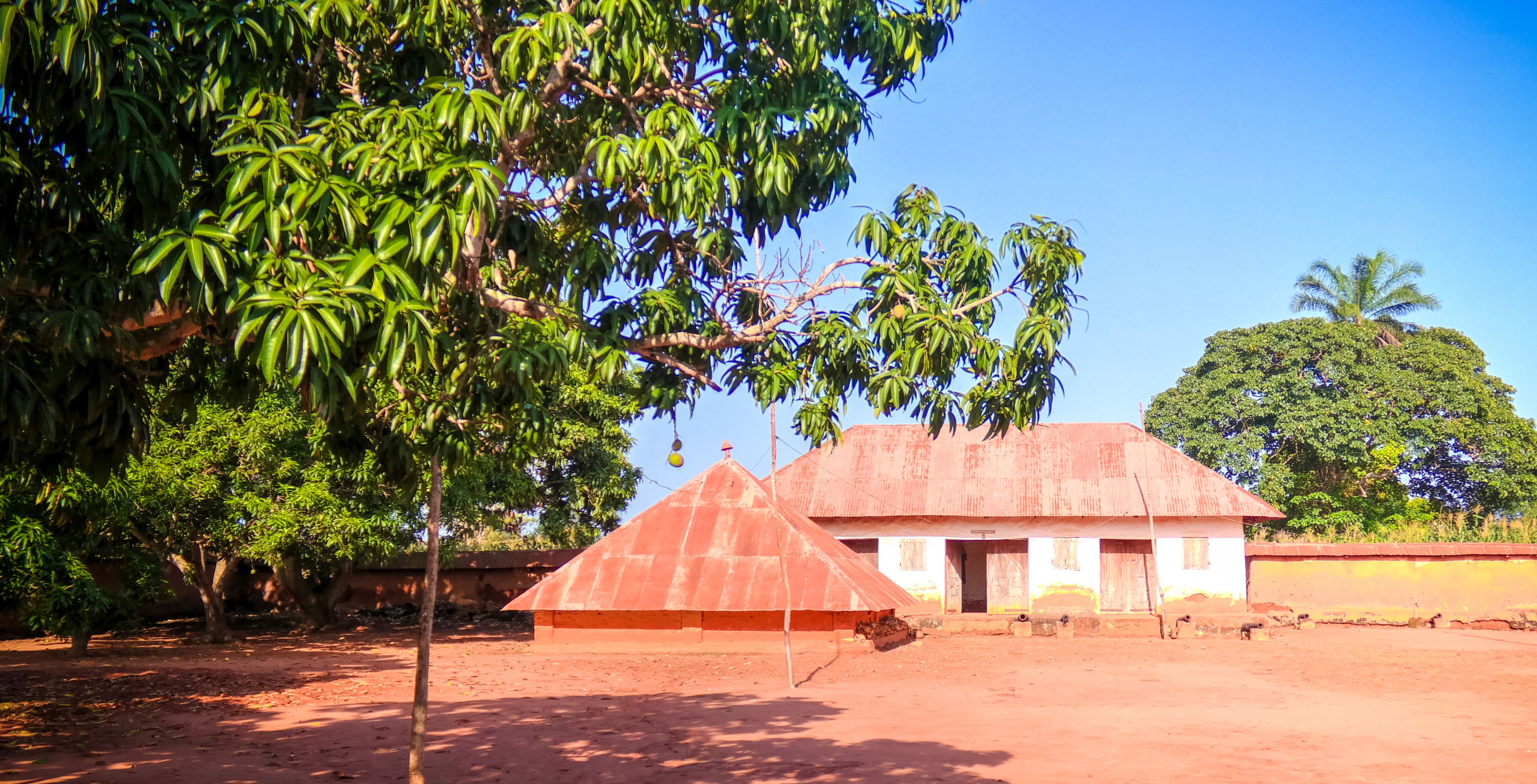
For about three centuries, beginning in the seventeenth century, Abomey was the capital of Ancient Dahomey.
The Royal Palaces of Abomey, a Unesco World Heritage Site, are the primary draw and reason to visit the city.
Despite the palaces' ruined and mostly destroyed state, the site is historically precious. The king stories from this area's past are amazing.
5. Grand-Popo

Grand-Popo's history is fascinating, primarily because of its significant involvement in the slave trade. The inhabitants are polite, and the town exudes an air of African beauty.
Grand-Popo provides a welcome diversion from the bustling city and is about an hour's drive from Cotonou. The beaches are beautiful spots to unwind and go swimming, and the town is home to numerous beautiful hotels and resorts.
You may witness mangroves and unusual birds while strolling the neighbouring Mono River.
6. Natitingou

The city of Natitingou, conveniently 50 miles from the Pendjari National Park, offers a few things that make it an excellent stop to visit Benin.
The city features a museum that documents the Somba people's way of life in a building dating back to the French colonial era. Natitingou is one of the best places to observe the lifestyle and construction techniques of the Somba people.
You can also watch the production of shea butter in Natitingou.
7. Bohicon
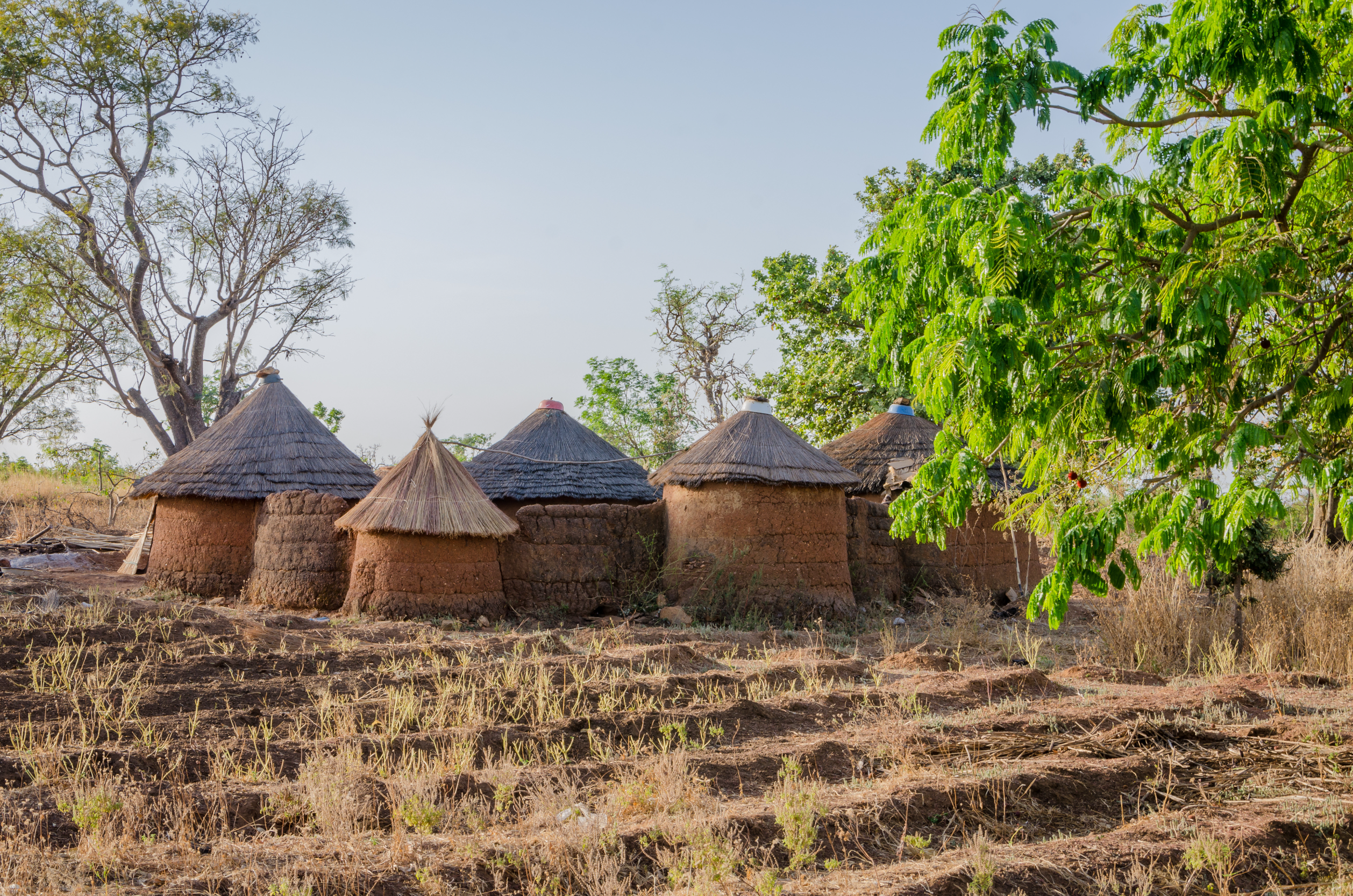
Bohicon is not a place to stay for a long time; it is more of a place to pass through. Though the town is virtually modern, visiting the market is highly recommended as it is undoubtedly the largest and grandest in Benin.
It is striking how different the relatively peaceful Abomey is from the busy market.
Mornings are the busiest periods in the market, so try to avoid them if at all possible (unless, of course, you like pandemonium).
8. Tanguieta

Benin's old French structures may be abundant in this quaint town. Tanguieta has a relatively small population of 20,000 people.
While it is less lively than Bohicon's, Tanguieta's market is rather active. It is an excellent base to explore the Pendjari National Park, home to some of Africa's most magnificent wildlife, such as lions, hyenas, and elephants, to mention a few of the Tonogou Waterfalls.
9. Parakou
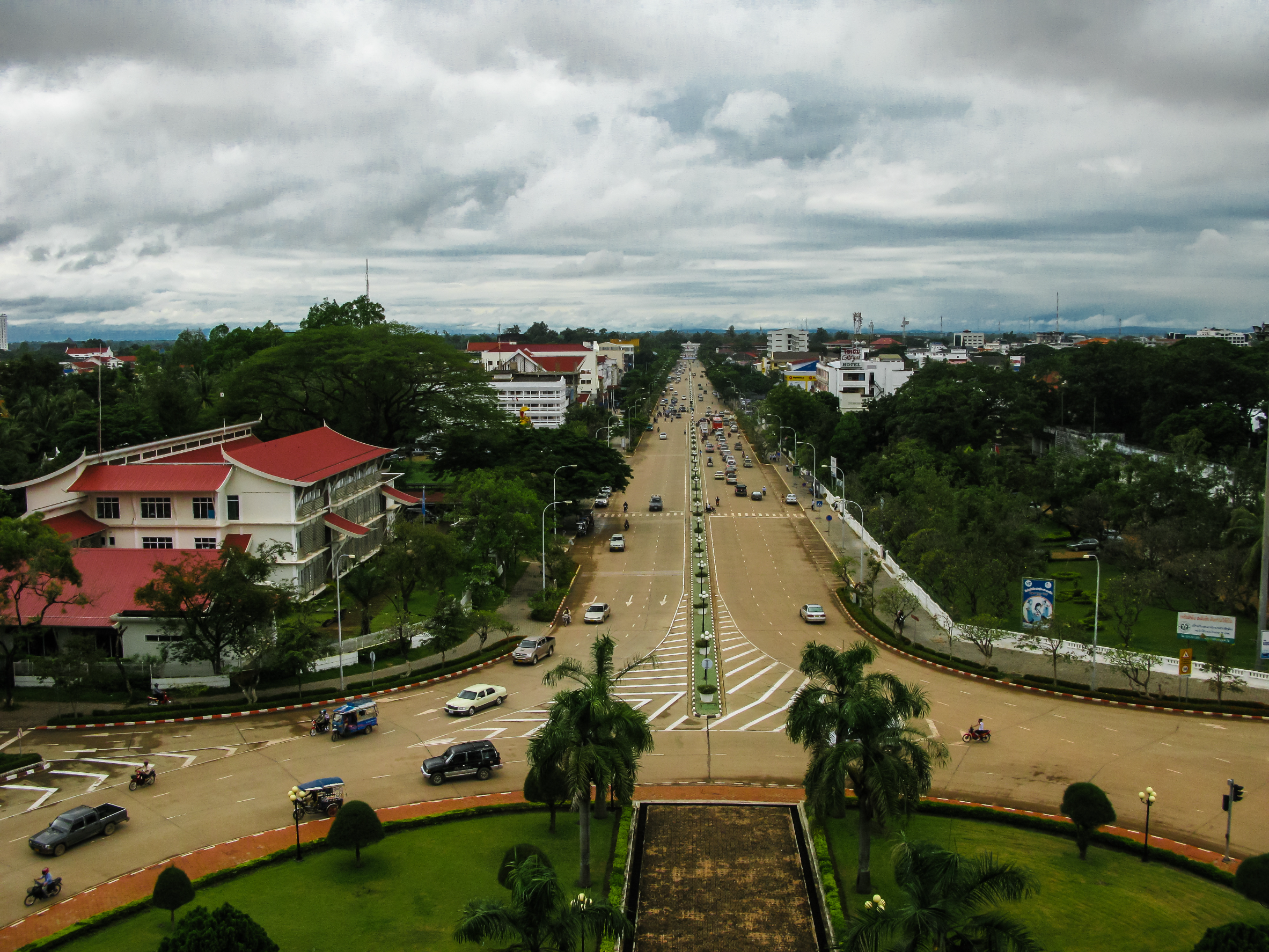
Parakou, the second-biggest city in Benin, is thought to be home to 200,000 people. The town feels busier and livelier because there are more green areas and broader streets than Porto Novo or Cotonou.
The city is vibrant, with cotton, textiles, and peanut oil accounting for most of its GDP.
Parakou has several exciting sights, such as the outdoor museum showcasing traditional Bariba architecture and the market specialising in conventional beer.
Practical Travel Tips for Binin
- Languages: French is the official language, and Fon and Yoruba are widely spoken. Learning basic greetings can enhance your experience.
- Transportation: Taxis and motorbikes are common in cities, but renting a car with a local driver is recommended for longer distances.
- Safety: Benin is generally safe for tourists, but standard precautions for health, safety, and security should be followed.
- Currency: The West African CFA franc (XOF) is the currency. Cash is king, though ATMs are available in larger cities.
In Conclusion
Benin is a country of discovery, where every location offers a unique story, be it through its historical significance, cultural depth, or natural beauty. Whether you're a history buff, a culture enthusiast, or an adventure seeker, Benin promises an enriching and memorable journey into the heart of Africa.
FAQS
Can you tell me more about the historical and cultural significance of Ouidah?
Ouidah is a city deeply rooted in Benin's history and is known for its pivotal role in the trans-Atlantic slave trade. It houses the Ouidah Museum of History, the sacred Python Temple, and the poignant Gate of No Return memorial. The city is a crucial site for understanding the historical context of the region and the impacts of the slave trade, making it a significant destination for both historical and cultural education.
What makes Cotonou a must-visit city in Benin?
Cotonou, Benin's largest city, is a vibrant urban centre known for its lively markets, particularly the Dantokpa Market, which is among the biggest in Visitors can explore the city's diverse culinary scene, bustling nightlife, and the beautiful Cotonou Cathedral. The city also serves as a gateway to exploring the rest of Benin, offering a mix of urban excitement and cultural experiences.